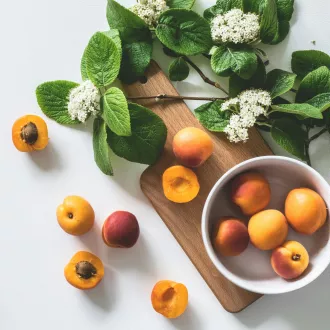ByOnlinecourses55

Introduction diet gluten celiacs introduction - nutrition celiac
Living with celiac disease involves making significant adjustments to the daily diet. For those diagnosed, following a gluten-free diet is not an option, but a necessity. Eliminating gluten from your diet is essential to avoid severe symptoms and improve quality of life. This post will provide you with a basic guide to getting started on a gluten-free diet and ensure you are on the right path to a healthier life.
Gluten is a protein found in certain grains such as wheat, barley and rye. For celiacs, consuming gluten can trigger an autoimmune response, damaging the lining of the small intestine and causing malabsorption of nutrients. This damage can lead to symptoms such as fatigue, abdominal pain, chronic diarrhea, and in severe cases, malnutrition.
To follow a gluten-free diet, it is crucial to completely eliminate gluten-containing grains. This includes:
It is critical to avoid products containing these ingredients or that have been cross-contaminated with gluten during processing.
Fortunately, there are many grains and flours that are naturally gluten-free and can be incorporated into a balanced diet. Among them are:
It is advisable to look for products that are certified "gluten-free" for added safety, as this ensures that they have been processed in facilities free of cross-contamination.
Reading food labels is one of the most important steps in avoiding gluten. Some products may be labeled "gluten-free," but it is essential to check the ingredient list to make sure they do not contain wheat, barley, rye, or oats that are not certified. Look for trusted certifications such as the Gluten-Free Certification Organization [GFCO] to ensure that products are safe for consumption.
At first, following a gluten-free diet can seem overwhelming, but with planning and knowledge, it's totally manageable. Explore new recipes, look for alternative products and consider joining support groups to share experiences and advice. Remember that your health is the most important thing, and every effort you make to maintain a gluten-free diet will contribute to your long-term well-being.